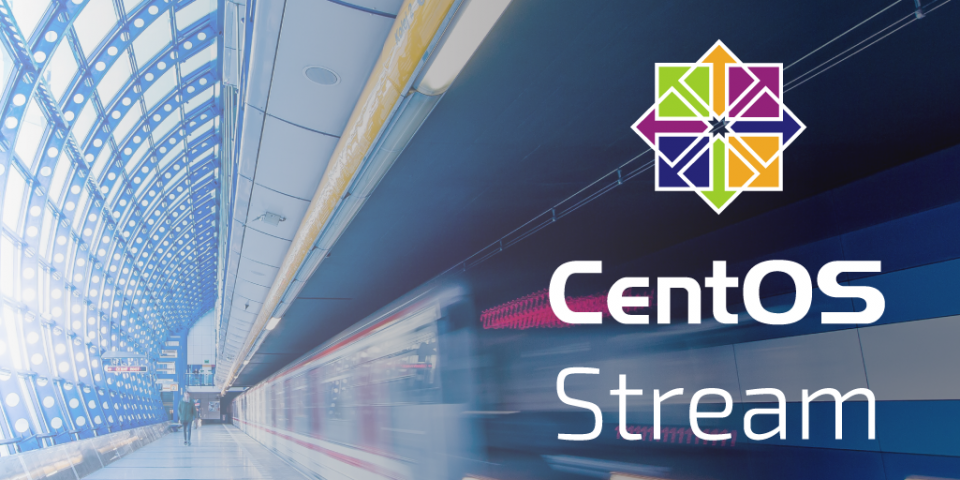Today Chris Wright, vice president and CTO at Red Hat, published a post describing how CentOS is changing and the opportunities it opens for developers in the Red Hat Enterprise Linux (RHEL) ecosystem. The net effect of this change is that, in addition to CentOS Linux 8, there is a new version of CentOS—CentOS Stream—that will provide a “rolling preview” of future Red Hat Enterprise Linux kernels and features. This is being announced in addition to the release of the traditional CentOS Linux 8, which is a downstream rebuild of the current RHEL release.
CentOS Stream is an exciting addition to the family of Linux operating systems that are upstream and downstream of Red Hat Enterprise Linux.
CentOS Stream will live in-between Fedora and RHEL, providing a clearer vision of what the next version of RHEL will be, giving developers the opportunity to stay a step or two ahead in their planning, and making it easier to ensure next-generation applications will be compatible with future RHEL versions. CentOS Stream also will make contributing to future versions of RHEL much simpler and more direct.
This clearly benefits ecosystem developers writing hardware drivers or extending protocols for RHEL, and can give application developers a testbed for applications they want to deploy on future RHEL versions. We hope this will bring even more community engagement to Fedora, CentOS, and RHEL, continuing our “upstream first” policy.
Fedora has always been our upstream “proving ground” where the community innovates and experiments, and that won’t change. If you’re interested in reading more about Fedora, and the relationship between Fedora, CentOS, and RHEL, read Matthew Miller’s new article on the topic.
In addition to the existing releases of CentOS Linux, CentOS Stream, and Fedora, all Red Hat Developer members have access to no-cost RHEL via a no-cost subscription. These options should make sure that, no matter what problem you’re trying to solve, there’s a Linux distro that best suits your particular needs.
More information on why RHEL is a fantastic platform for application development can be found in the blog post "Why you should be developing on Red Hat Enterprise Linux."
For container-based applications, Universal Base Images will provide the flexibility needed to deploy across multiple Linux distributions, which should include CentOS Stream. We encourage developers building applications that will run in VMs or on bare metal to explore Red Hat Enterprise Linux for your production platform, and take advantage of the no-cost RHEL available through Red Hat Developer for your development needs.
We’d love to hear about how CentOS Stream will fit into your software development practices, and encourage your feedback.
Last updated: August 14, 2023
